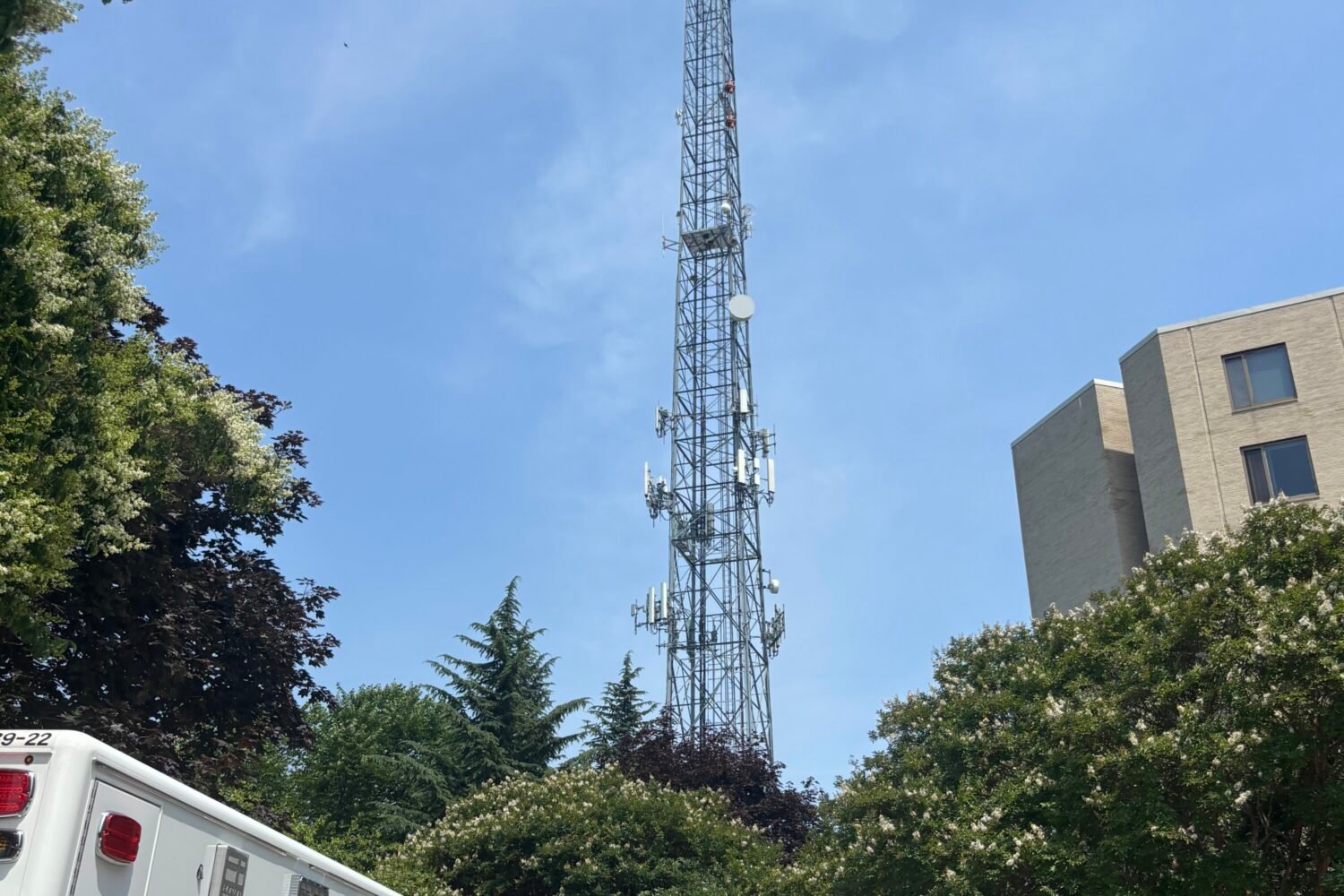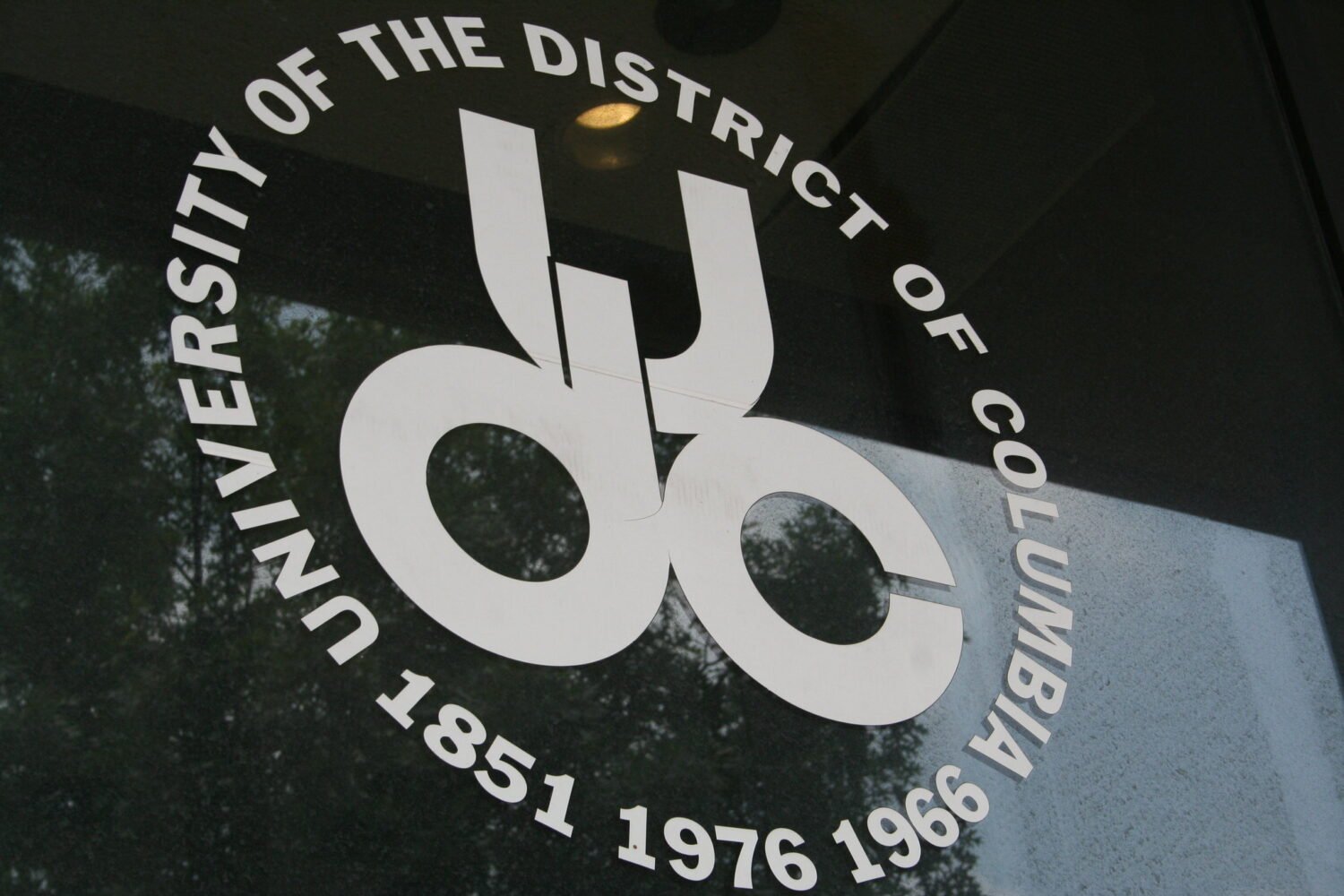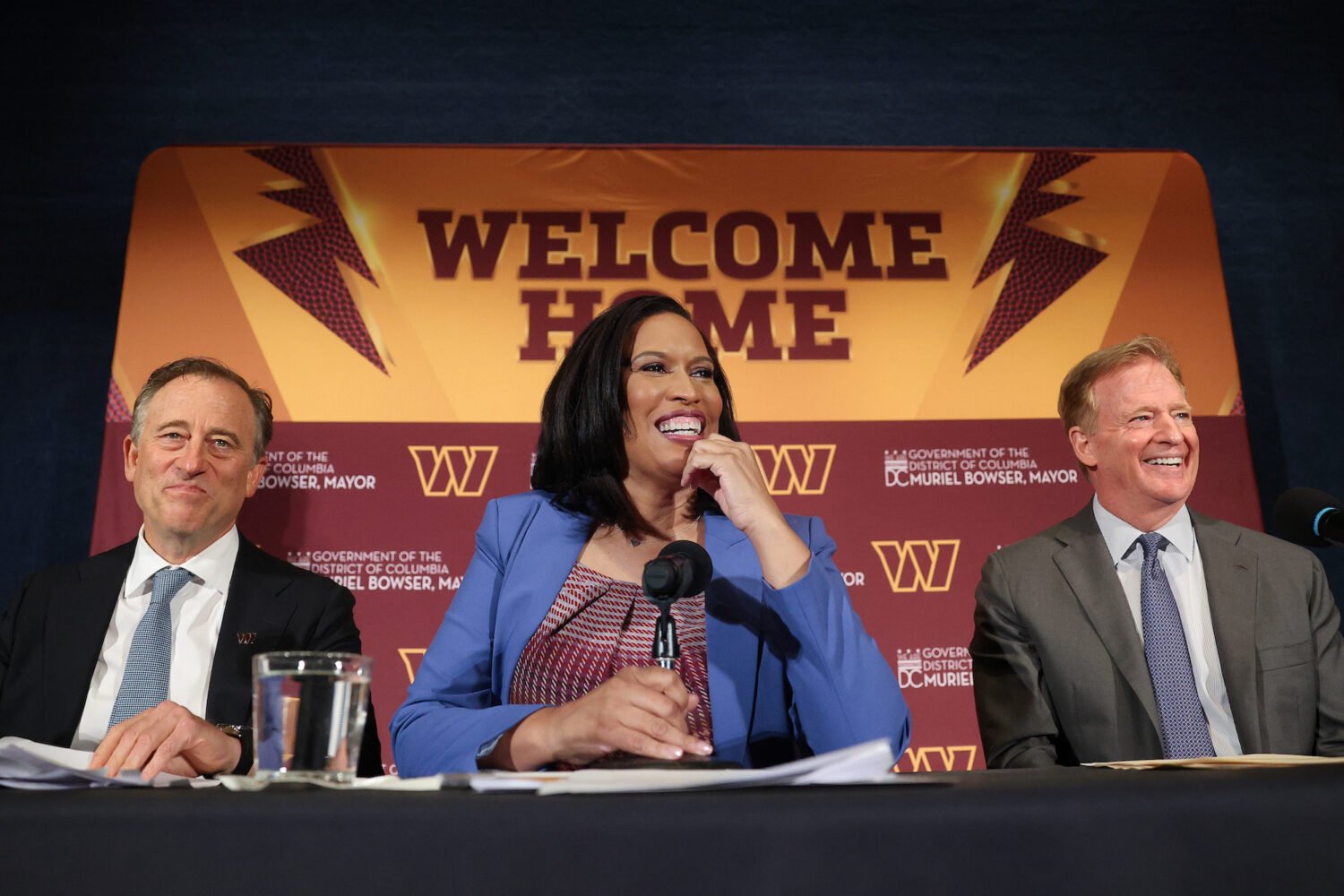A week before the deaths of Alton Sterling and Philando Castile, Washington, DC, police officers killed 63-year-old Sherman Evans in front of his home in Fort Totten. On June 27, police responded to a 911 call about a man brandishing a weapon. After repeatedly asking Evans to drop it, at least five police officers fired 15 shots. Evans died in the hospital from three gunshot wounds. It turned out he was holding a pellet gun.
And yet Evans’s name didn’t join Sterling’s and Castile’s in the renewed national conversation on police shootings last week, or on the signs held up by protestors all over the country.
Part of the reason why: While the deaths of those men were captured on video by witnesses, DC police body cameras recorded the encounter with Evans, and the department released the footage on July 7.
In the video, officers’ faces are redacted, but the sequence of events is clear enough: police shout at Evans for about seven minutes–“Drop the fucking gun!”–until shots ring out and the officers run to handcuff Evans, who is seen dying on the pavement. The footage doesn’t show whether Evans was raising his gun at the moment the shots rang out, though the officers say he did.
The footage went online the day after Castile’s shooting, and just hours before five police officers were shot in Dallas. Mayor Muriel Bowser made the decision to release it, citing “public interest.” Not everyone agreed–police union chairman Matthew Mahl characterized the release as “absolutely irresponsible” and Evans’s daughter called it “disrespectful.”
And yet by releasing that footage, the police may have avoided outrage. Instead of dealing with mystery and speculation–which could easily have escalated after the events of the past week–the department can now point to footage of its officers spending a full seven minutes telling Evans to drop his gun.
Not all viewers came away with the impression the officers acted reasonably. “By the time I finished watching, I was like, why did you have to fire so much?” says Ronnie Edwards, an advisory neighborhood commissioner for Ward 5. Sondra Phillips-Gilbert, an advisory neighborhood commissioner for Ward 8, was put off by the officers’ profanity as they shouted at Evans to drop the gun. “I could tell immediately that (Evans) was disoriented, and I think it irritated him,” she says.
The release of the video also raises policy questions. Now that over 1200 police have body cameras, will the department release a video every time a someone is shot by police, or just when it has something to gain from public viewing of the footage? Regulations state that it’s up to the mayor, who can choose to release body camera footage “on a case-by-case basis in matters of significant public interest and after consultation with the Chief of Police, the United States Attorney’s Office for the District of Columbia, and the Office of the Attorney General.”
When Washingtonian reached Police Chief Cathy Lanier, she confirmed that the law requires her to leave the decision to the mayor and added: “The fact that we released the video shows we have nothing to hide.” Since DC police have begun wearing body cameras, Mayor Bowser has ordered the release of footage just once before, after medical examiners ruled that 27-year-old Alonzo Smith’s 2015 death in the custody of private security guards was a homicide. A sample size of two is no basis on which to predict how Bowser will use “mayoral discretion” in the future, but death under questionable circumstances seems a good predictor — whether footage of a non-lethal use of force will ever be up for release, time will tell.
On its website, the police department says the burdensome cost of redacting personally identifiable information from the videos means it’s nearly impossible for outsiders like journalists or activists to get the videos through the Freedom of Information Act. So an official release similar to that of the Evans video is the most likely way the public will be able to see such footage.
Police departments all over the country are now grappling with this question. It’s what Nancy La Vigne, director of the Justice Policy Center at the Urban Institute, calls “a great example of tech being deployed ahead of the development of policy.” Body camera policies are created by individual police departments and influenced by state laws, so they differ hugely from city to city. Sometimes, the public release of footage doesn’t help police: the body camera video of Samuel DuBose’s shooting in Cincinnati, for example, revealed that the officer who shot him had given a false version of events, and the officer was thereafter indicted on murder charges.
“Everyone’s making it up as they go, with very little national guidance,” says La Vigne. “In a way, you’re damned if you do and damned if you don’t.” DC police chose to be damned if it did–and though the public response has been mixed, the alternative could easily have been worse.
The police’s handling of the footage also comes in the context of its overall record on police shootings, which has been far from ideal, but ranks better than most comparable cities. Last April, Washingtonian Editor-at-Large Harry Jaffe wrote a piece that examined DC’s officer accountability measures, and found that the department’s rank-and-file “operate under a bureaucratic system that’s more heavy-handed than most US cities,” making the likelihood of a police shooting lower here than in many other places.
The measures date back to the 1990s, when the Department of Justice stepped in after a spate of shootings and “issued a memorandum mandating that every time a cop uses force, the incident must be reported, investigated, and often adjudicated with reprimands or termination,” Jaffe wrote. If an officer did so much as hurt a person’s wrist while putting on handcuffs, Jaffe reported, the officer would have to write up a “use of force investigation report” and take the person to the hospital. The result, said Delroy Burton, then the chairman of DC’s police union, was a police force that was “risk-averse.”
DC police are still subject to these rules. An independent audit released in January 2016 found that although excessive force by officers has remained low since the Justice Department’s intervention, the investigations have gotten less robust (for example, differing officers accounts were not always looked into.) Chief Cathy Lanier’s nine-year tenure–unusual for a big-city police chief–and healthy relationship with the police union are as good an indication as any that the accountability measures are being followed. Chief Lanier, for her part, believes the vast majority of her officers have a great relationship with the communities they serve. “We work hard to earn that trust,” she says.
Whether or not the video of Evans’ shooting shows DC officers to be “risk-averse,” Edwards says he hasn’t known police officers to be trigger-happy. “The shooting didn’t automatically hit me as racist,” Edwards says, “because of the general good policing we experience in Ward 5.”
But Gilbert thinks DC could easily see a shooting as outrageous as Sterling’s or Castile’s–and the odds are now higher, she says, because everyone’s jittery. She just hopes it isn’t one of her sons, who she’s now teaching about how to behave at traffic stops. “If they ask you to go in your pockets, ask them to do it for you,” she instructs them. “Tell the police it’s because you’re afraid they’ll shoot you.”
CORRECTION: This article previous misstated that Evans’ death was the first time DC police had released body camera footage. In fact, police had released footage after Alonzo Smith’s death in 2015. The article has been altered to reflect this correction.
















